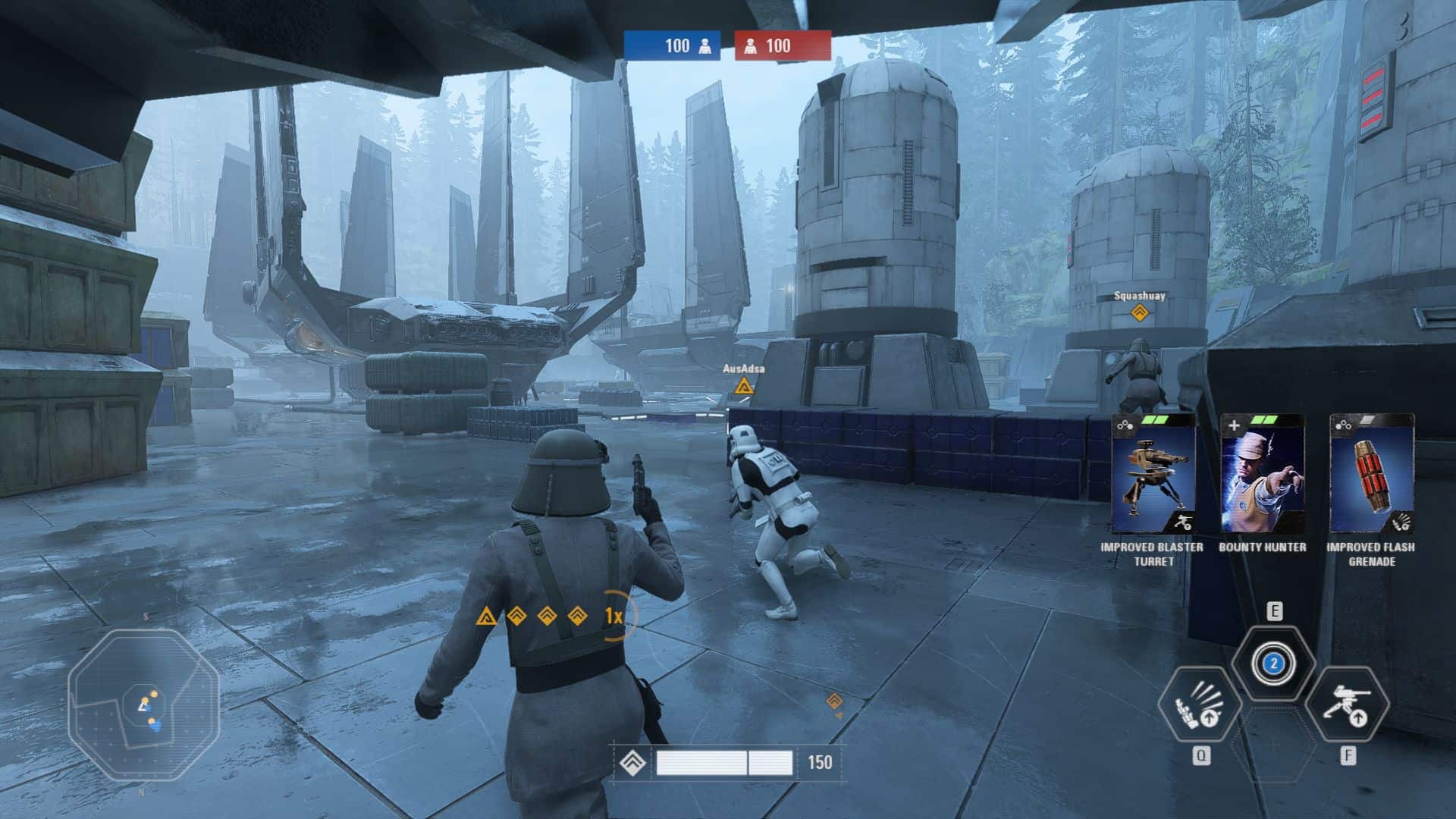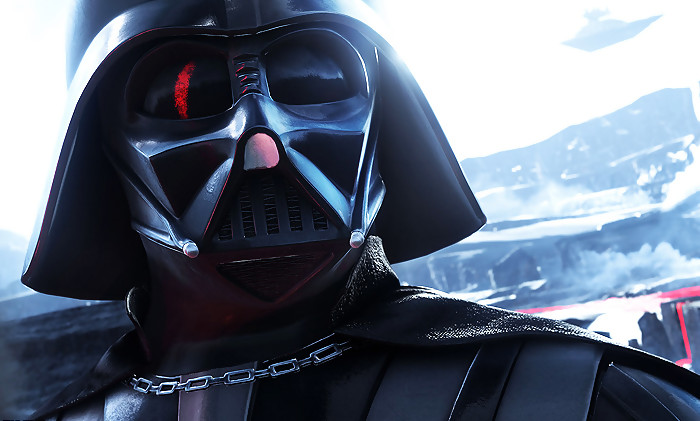


The favored small arm of the Rebel Alliance, the BlasTech A280 was highly effective at piercing armor and provided more power than other standard infantry blasters at long range. The Star Wars conversions used a cut-down version of the Sterling’s stick magazine as their power cell. Firing the 9x19mm Parabellum round, the Sterling was a favorite of special forces units for its excellent reliability and good accuracy.

The Sterling L2A3 submachine gun is a British firearm designed at the end of WWII to replace the famed Sten submachine gun. As a result, modifications were light and we can easily recognize the base weapons today.īritish soldiers of 2 PARA armed with Sterlings (Ministry of Defence) However, because of the aforementioned budget, many of the props could only be rented for the film. Weaponry and prop supplier Bapty & Co was contracted to provide Star Wars with modified surplus firearms to serve as space-age blasters. With a very tight budget of $11 million, or just under $50 million today adjusted for inflation, George Lucas and his film crew elected to modify real-life surplus weapons rather than create futuristic weapons from scratch. A far cry from jacketed lead ammunition propelled by gunpowder, or slugthrowers as they’re known in Star Wars, many of the blasters used in a galaxy far, far away are actually built from real-life firearms that are more familiar to us. In the Star Wars universe, ranged weapons are primarily powered by an energy-rich gas that is converted to a glowing particle beam. Despite the creation of the United States Space Force, we’re still a long way off from building blasters like ones in the Star Wars universe and defeating our enemies with intense bolts of plasma energy.


 0 kommentar(er)
0 kommentar(er)
